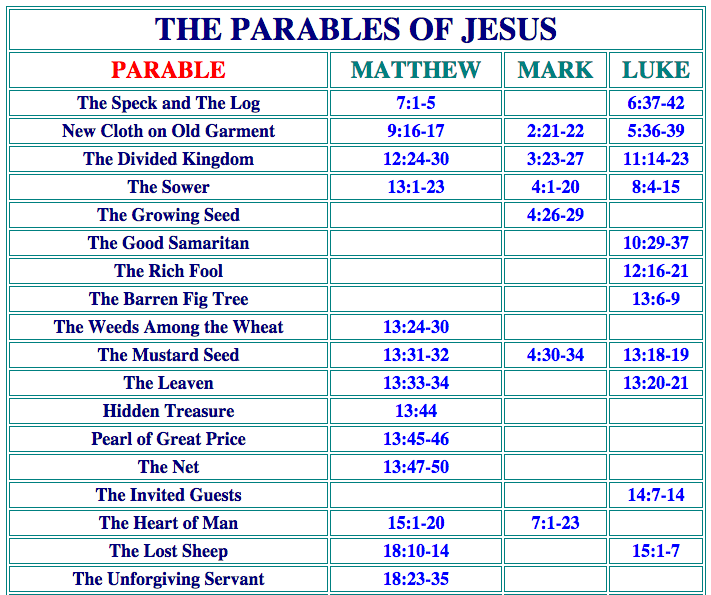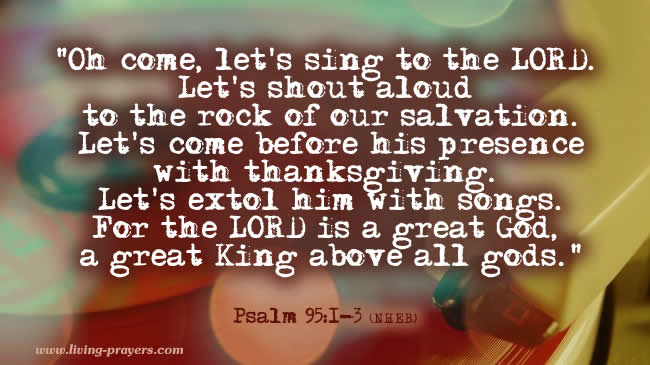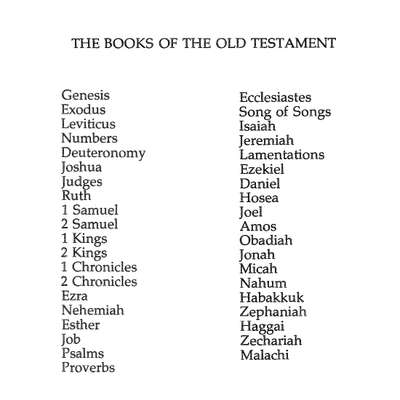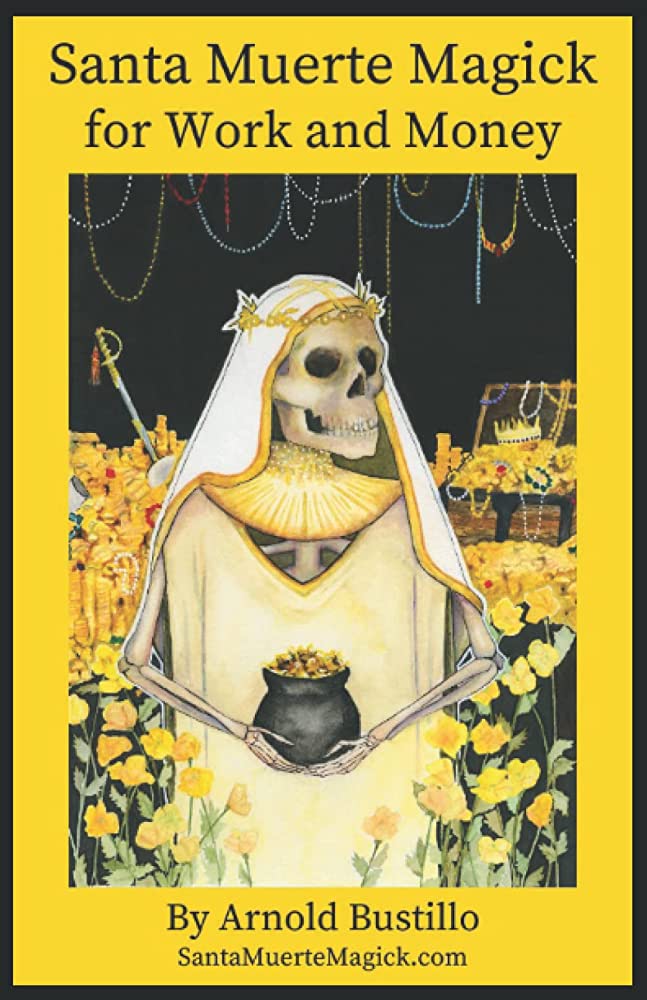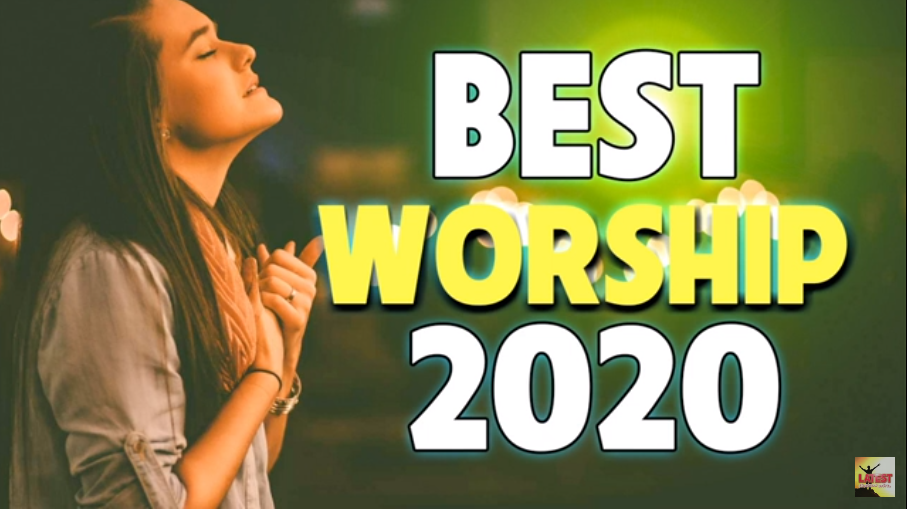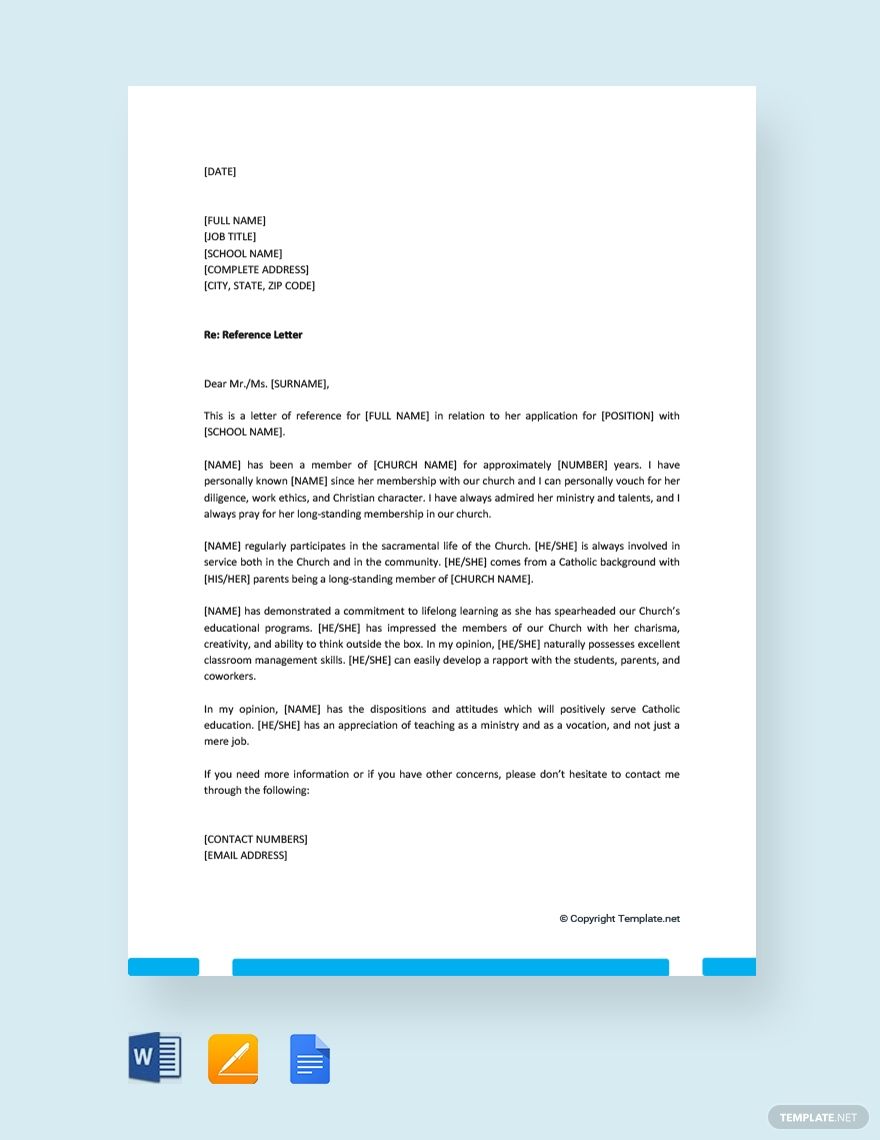Praise And Worship Program Outline
Praise And Worship Program Outline
The following is a template outline for an organized and effective Praise and Worship program. The outline includes what to say, when to say it, who will be saying it and where it will be said.
Title:
Title:
Date:
Time:
Location:
Speaker(s):
Call to Worship (Psalm 100): Sing praise to the Lord, for he is good; sing praise to his name, for it is pleasant! For the Lord has chosen Jacob for himself, Israel as his own possession. For I know that the Lord is great and that our Lord is above all gods. The voice of the Lord echoes over the sea…
Date:
Date:
- When is the program taking place?
Time of Program (from to):
Time of Program (from to):
- Opening Music
- Opening Prayer
- Announcements
- Special Music/Testimony/Benediction
Location of Program (church, venue, etc.)
- Location of Program (church, venue, etc.)
- How to get there:
- Drive: *Address / GPS Coordinates*
- Public Transportation: *Bus Route ID#, Train Station Name/ID#*
- Walk: *Walk time with estimated distance in miles or kilometers.*
- Bike: *Distance ridden with estimated time of travel.*
Speaker(s):
When you’re planning a praise and worship event, it’s important to have a speaker who is well-equipped to address the needs of your audience. A great speaker not only has excellent speaking skills, but also knows how to connect with their audience in order to deliver an inspiring message.
- Speaker’s name* is a seasoned speaker who has been praised for her ability to convey powerful messages through the spoken word. She uses her life experiences as an example of how God works in all areas of life—even when we don’t get what we think is deserved or wanted. Her greatest hope is that everyone will leave this event inspired by God’s love and power in their lives!
- Call To Action: What should people do after hearing this message?
Call to Worship (Psalm 100):
- Call to Worship (Psalm 100)
- God, You Are My God!*
- Open Our Eyes, Lord*
- Father Of All Creation*
- Note: This is where you would give an opening prayer or explanation of why we’re here and what we’re going to do today.
Invocation Prayer (Jeremiah 29:13)
- Invocation prayer
- Prayer of blessing
- Prayer of thanksgiving
- Prayer of intercession
- Prayer of supplication
- Prayer of praise
- Prayer of adoration
- Prayer of dedication
Acknowledgment of Visitors and New Members
Welcome to our worship service this morning. We are glad to have you with us and pray that your stay will be a blessing to you. If you are visiting today, please feel free to join us in worship. Acknowledging the presence of new members, visitors and those who may be attending for the first time is an important part of creating an atmosphere of welcome within our congregation.
We begin by singing one or two songs that help set the theme for our service. The song leader chooses these songs based on their theme and spiritual impact. They also demonstrate how they should be sung by providing a vocal demonstration as they sing each verse together with everyone else in attendance (see below).
Church Announcements and Reminders
- Prayer Requests: (What prayer requests are you hearing?)
- Birthdays: (Who is celebrating a birthday?)
- Announcements: (What announcements do we have this week?)
- Reminders: (What are we doing next week?)
Opening Hymn or Worship Song (One Thing Remains, Cornerstone or Everlasting God)
The Opening Hymn or Worship Song is the first song of the service and sets the tone for what’s to come. The congregation needs to be able to connect with this song so that they can worship together. It should be familiar to them, easy to sing and learn quickly.
I recommend using one of these three songs:
- One Thing Remains (Christiano Campos) – https://www.*evernote.*com/pub/sirbennettfinch/one-thing-remains
- Cornerstone (Steven Curtis Chapman) – https://www.*evernote.*com/pub/sirbennettfinch/cornerstone-steven-curtis-chapman
- Everlasting God (Brenton Brown) – https://www.*evernote.*com/pub/sirbennettfinch//everlastinggod
First Special Music (by soloist or choir) (Heart of Worship, I Will Call upon the Lord or Jesus Paid It All)
The first special music should be a song that is easy to learn, sing, and understand. It should be a song that can be memorized easily. You want it to be something that people will remember after attending your church for the first time—or even after hearing it for the fiftieth time!
Offertory Prayer
Prayer is a spiritual gift that allows us to communicate with God.
- Prayer is a way to express thanks and praise for the blessings we have received.
- Prayer can be used as a means of asking for help, forgiveness, guidance and other needs in our lives.
Offertory Hymn or Worship Song (Come All Ye Faithful, What Child is This? or Joy to the World)
- Come All Ye Faithful
- What Child is This?
- Joy to the World
- How Great Thou Art
- O Come, O Come, Emmanuel
- O Holy Night
- Silent Night (Holy Night) (Silent Night) (Silent Night)
- Hark the Herald Angels Sing
- Angels We Have Heard on High
Second Special Music (by soloist or choir) (What a Beautiful Name, Holy Spirit Living Breath of God or Everlasting God)
This is the second special music. You can use a soloist or choir to sing this song.
This closes out our praise and worship program outline for today. We hope you found it helpful for your next service!
Praise And Worship Program Outline
The program outline is a guide for the worship leader. It describes the order of the service and provides a reference point so that they can lead their team in praise and worship.
The program outline also serves as an example of how to structure your Praise and Worship service.
In addition, it is important that you make sure your congregation knows what to expect during each part of your Praise and Worship service before they arrive at church so that they can pray, sing along, or engage with other aspects of praise during that portion of the service itself!
A well-organized praise and worship program outline will help you plan the details of your service to make sure it runs smoothly. This template can be customized with your own text, or used as is.


